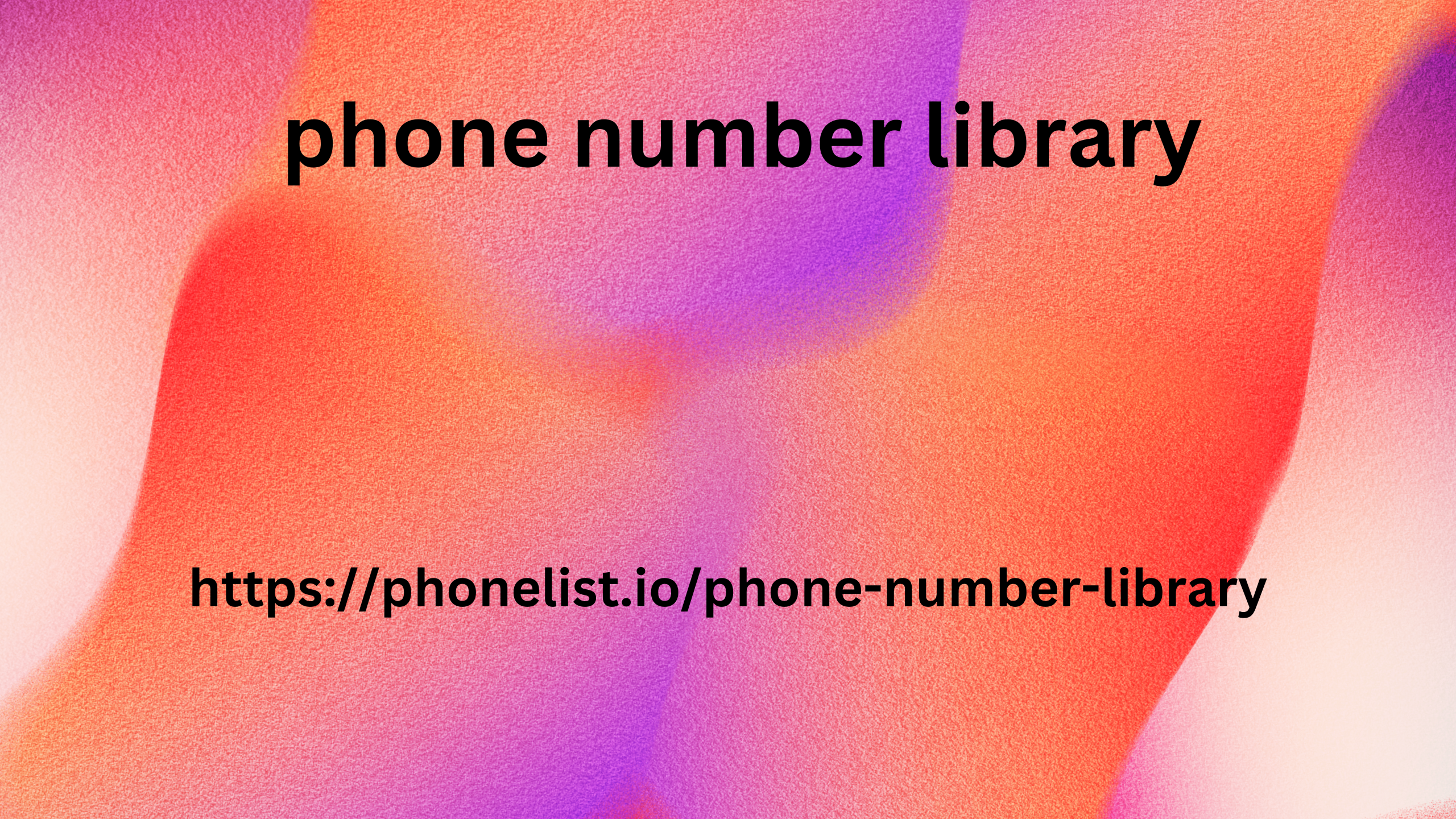Before you write a guide for any audience, think about why people read guides in the first place. They want to get a specific result from specific actions. “Press the green button on the remote to turn on the TV.” Action – press the button. Result: we turn on the TV. Hence the conclusion… A good guide is based on two components: A specific step-by-step action algorithm – we clearly show what the user must do to achieve the result. The details of the actions will depend on the audience’s level of knowledge. The less the audience knows, the more detailed the guide. A specific result – the user follows the instructions step by step and gets the result – delicious borscht, the right contract for business or a ready-made WordPress website . Without a concrete result, the usefulness of the guide tends to zero. Let’s say you’re writing a guide on how to choose a microphone. It seems pretty simple.
We illustrate to the maximum
Go online, type “buy microphone” into the search, go to the website, look at the manufacturer, pay for the order, and wait for the courier. However, people choose microphones for different purposes: recording studio, streaming, performing on stage. There are different types of microphones: condenser, dynamic, tube. But what if the budget is limited? You see, such a guide has no specific result, because each person chooses a microphone for their individual task. If we write a guide for each of them, we will get Tolstoy’s “War and Peace” multiplied by all parts of “Harry Potter”.
A phone number library is usually a collection phone number library or database of phone numbers organized for different uses, like customer service, marketing, outreach, or business tasks. Companies can use these libraries to handle contacts, automate communication, or conduct market research.
Reader’s level of knowledge
For example, you decided to write a guide: “How to grow cucumbers in any soil.” First ask yourself: “Who will be your reader?” An experienced agronomist from Elon Musk’s team, who personally grew a million cucumbers, and is now preparing to build a greenhouse on Mars. Someone’s grandmother, who also has a lot of experience, but doesn’t want to spend money on expensive fertilizers. Or maybe it’s a schoolchild who was given biology homework for the summer. Each audience portrait requires different guides. They should differ in volume, elaboration, basic points, number of pictures and examples, structure and style of narration. It is unlikely that a grandmother will understand the terms of a plant breeder, while a schoolchild does not need to be told about scales, since his assignment is to grow three cucumbers. Important to remember: if you do not define the audience of the guide, you may not write anything at all, because you will waste your time. Think about who your reader is, and write for them. Guides for beginners and advanced are written differently.
Throw away the excess – leave the meat
Don’t write in the guide on abstract topics and paraguay contact numbers data shower the reader with epithets – write on the matter. Don’t forget why people read guides. They want to solve their problem and get a result. Free the reader from unnecessary things and leave only the essence. Take a look at this guide to cooking okroshka Your reader knows the history of cucumbers – it is important for him to grow more of them, so do not tell him anything extra. Walk him through the process: one, two, three + result. The purpose of a guide is to take the reader from the point “was” to the point “became”. Any details that do not lead to the result should be ruthlessly removed. If the guide can be written on one page, do so.
Don’t just illustrate
While it is possible to insert cute cats or usa phone list memes for beauty in articles, it is unforgivable to do so in guides. “Yes, that is kind of clear,” you might say. However, in addition to cats, some authors begin to illustrate every little thing. This immediately complicates the perception of the instructions.
Don’t illustrate obvious details. Your user probably knows where the Enter button is. Remember the reader’s level of knowledge – it determines the number of basic things that need to be illustrated. Don’t overdo it.
What categories of business are recommended to use guides?
Of course, they are necessary first of all for online stores. It is also useful for financial companies to publish guides about their products: banks, insurers, brokerage companies offering, for example, trading platforms for traders. Companies working in the tourism industry can diversify their blog with guides: materials about tours and articles in the spirit of “Which country to choose for a summer vacation?”
By and large, guides as a genre are interesting and useful for many business sectors. They can work great in almost any subject.
How is a guide different from a review?
By and large, with the observed tendency to mix genres, there are fewer and fewer obvious differences. From a purely formal point of view, we can say the following: the task of a review is to present a specific product, the task of a guide is to tell how to choose the product that best meets the needs of a specific person from the entire variety of products of this type presented on the market.
That is why the most appropriate headings for the nature and objectives of the guide are those in the spirit of: “How to choose?” After all, a guide is a step-by-step instruction, by following which the user will be able to independently cope with the task of choosing the brand and model of the product that best suits him.


